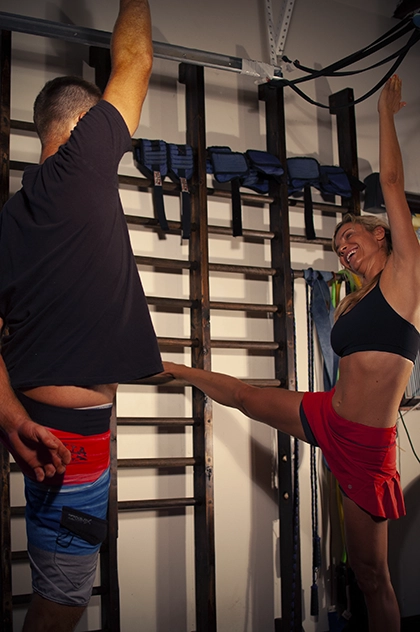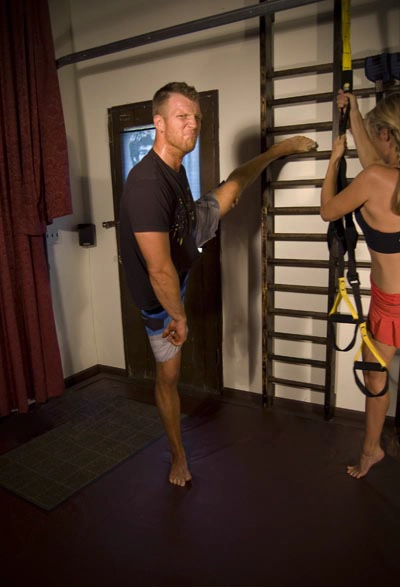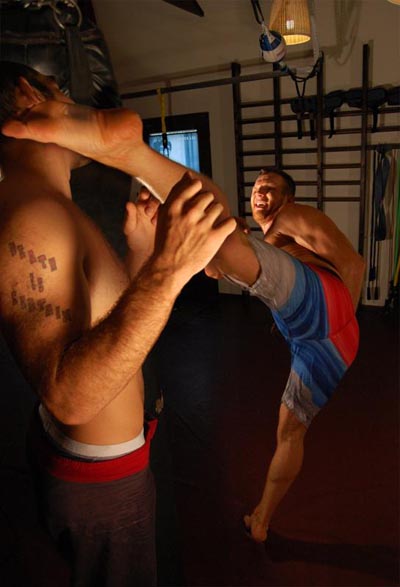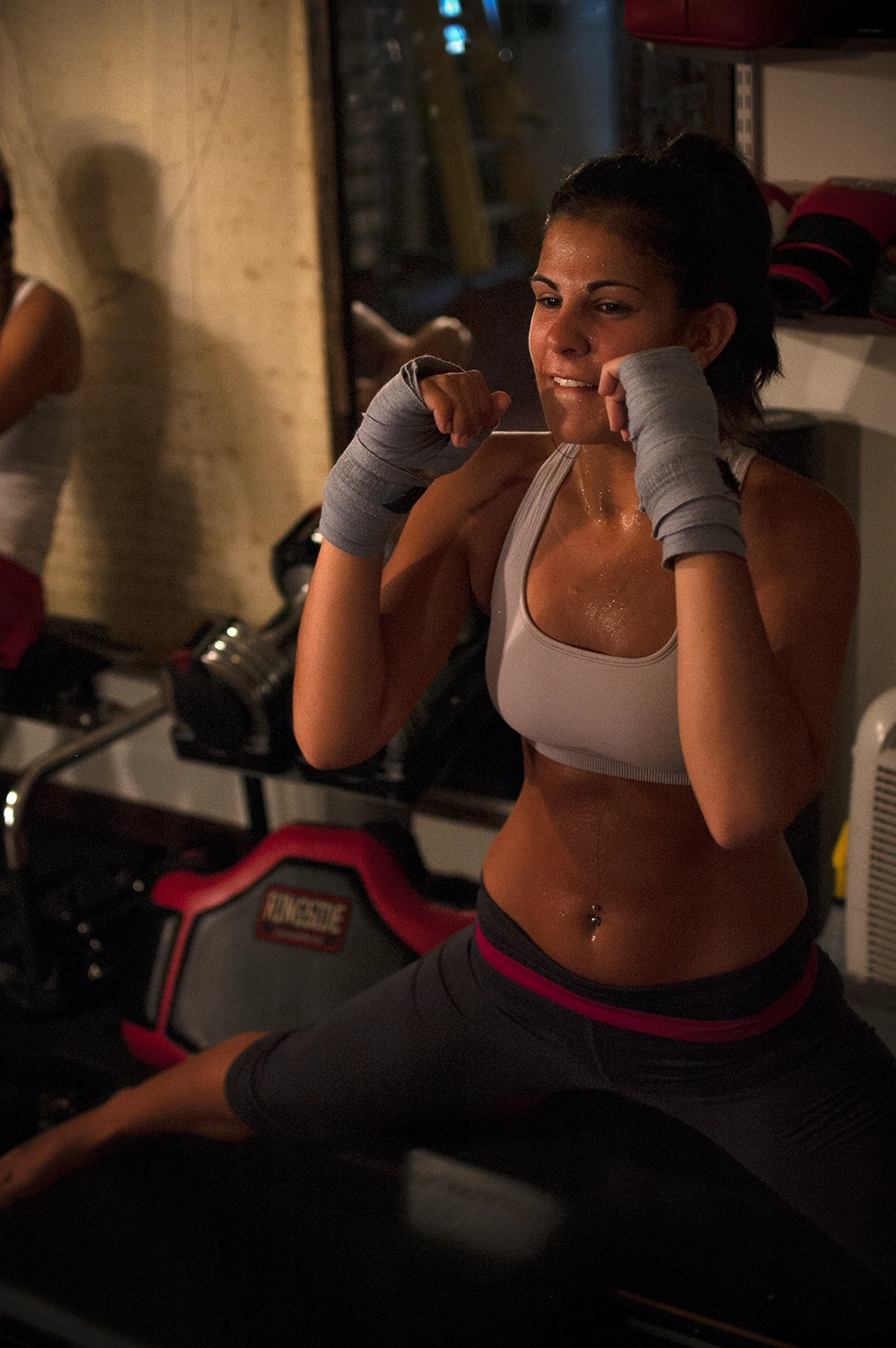Flexibility Training
'Looseness' For Health and Combat
Flexibility Training in RED BANK NJ

Flexibility is something that many people struggle with and never address, despite the positive impact it can have on your body and mind. Stretching and flexibility training can be a huge pain in the butt.
At times, progress in flexibility seems slow. An important thing to realize about building functional flexibility is that your brain and nervous system sometimes work against you; you just need to get it to work on our side! Just a much as you need to reestablish length in your muscles, you need to retrain your brain and nerves to let your muscles lengthen without fighting against them. Improving flexibility is not as hard as you might think if you or your trainer understand both dynamic and passive stretching exercise.
Did you know that there is no muscle connecting your inner thighs to each other? It certainly feels like there is, if you try doing a split or kicking high above your head. Believe it or not, your brain causes this tightness. Your brain has a preset range of motion in which your joints are allowed to move.
In other words, if you try to kick straight up over your head, you’re brain may contract your hamstring and groin muscles to prevent you from moving into what it sees as a dangerous position. Your brain tries to keep you safe, but you need to tell your brain to relax sometimes.
In other words, if you try to kick straight up over your head, you’re brain may contract your hamstring and groin muscles to prevent you from moving into what it sees as a dangerous position. Your brain tries to keep you safe, but you need to tell your brain to relax sometimes.


Women should understand that their fists will never be their most powerful weapons. While power can be developed in female hands, you might find it more efficient to use them as distractions for some seriously powerful kicks and knees. Men need to understand how much power they truly possess in dealing attacks with their lower bodies in conjunction with their hands. When one learns how to kick and knee correctly, there is so much power in the blow that it takes some conditioning for your own body to be able to handle the impact! However, certain parts of your body seem to have been created to function as weapons. Have you ever pinched the skin on your elbow? It doesn’t even hurt no matter how hard you try. If it doesn’t hurt, then why not hit your opponent with an elbow instead of a fist? There is a seriously jagged bone underneath this hard skin. It almost seems like it was meant for this use.
Muay Thai kickboxing training helps us to use every weapon that nature intended our bodies to have, and to do so with destructive force. This is a great way to have fun, get into shape, and keep yourself safe on the street.

Address
3 Parkway Place, Red Bank NJ 07701
7am - 8pm EST Mon - Sun
Copyright © Fight Smart - All Rights Reserved